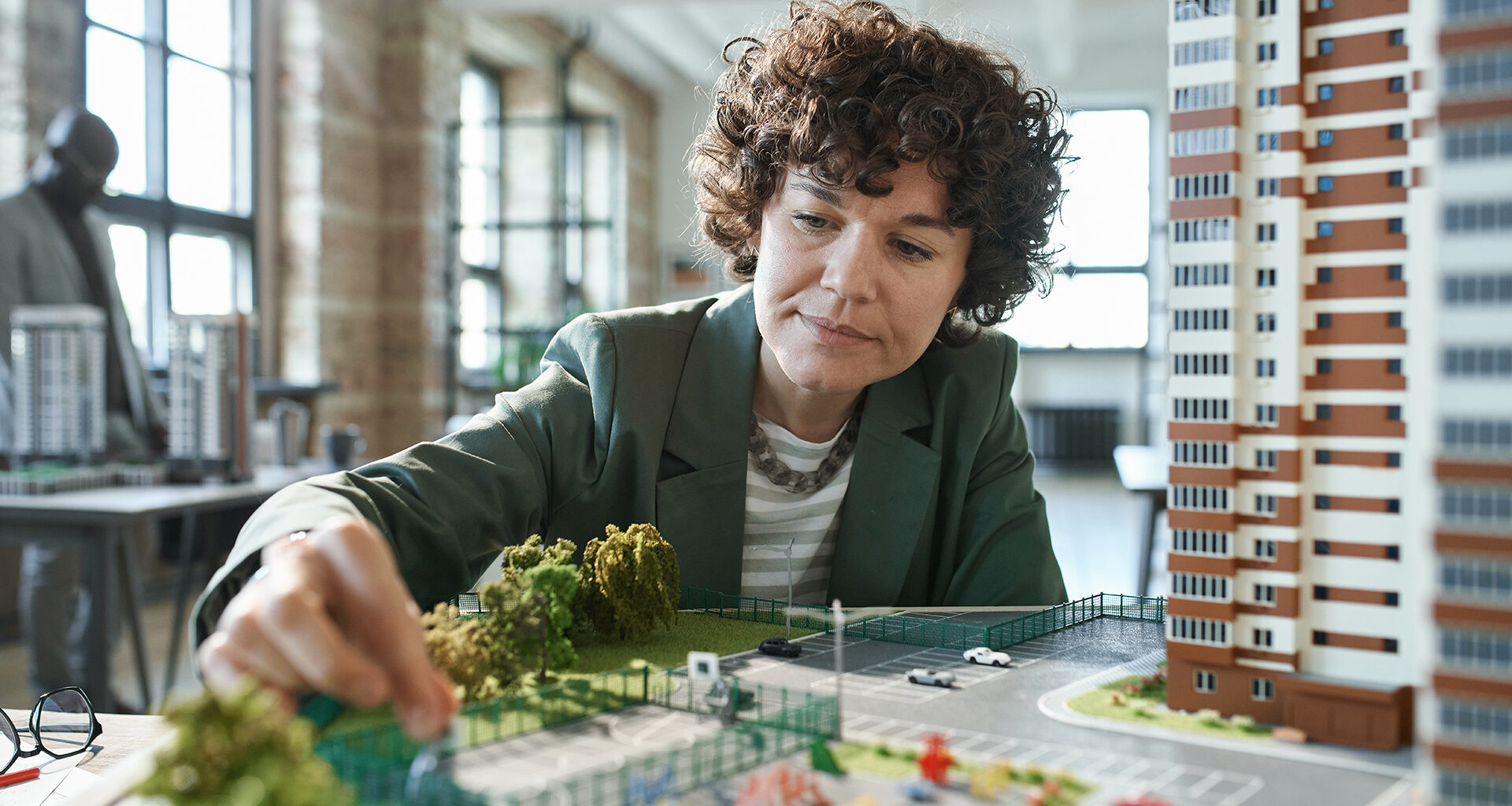As the world grapples with urbanization, sustainable city planning has emerged as a powerful tool to address environmental challenges, improve quality of life, and combat climate change. Green urban planning prioritizes clean energy, efficient transportation, green spaces, and eco-friendly infrastructure, offering a vision of cities that are both thriving and environmentally responsible.
The Imperative for Sustainable Cities:
Urbanization is on the rise, with over half of the global population now living in cities. This trend presents both opportunities and challenges:
- Environmental Impact: Cities are responsible for a significant portion of greenhouse gas emissions, air pollution, and resource consumption.
- Quality of Life: Urbanization can lead to overcrowding, traffic congestion, and reduced access to green spaces, impacting residents’ well-being.
- Resilience: Climate change poses increasing threats to cities, including rising sea levels, extreme weather events, and heatwaves.
The Principles of Sustainable Urban Planning:
Sustainable urban planning seeks to create cities that are environmentally friendly, socially inclusive, and economically viable:
- Clean Energy: Transitioning to renewable energy sources, such as solar and wind power, reduces greenhouse gas emissions and air pollution.
- Public Transport: Efficient public transportation systems reduce the reliance on private cars, decreasing traffic congestion and emissions.
- Green Spaces: Parks, green roofs, and urban gardens enhance the quality of life, provide recreation areas, and combat heat islands.
- Compact Development: Promoting mixed-use zoning and higher-density development reduces sprawl and encourages walking and cycling.
- Smart Infrastructure: Implementing smart city technologies for energy management, waste reduction, and traffic optimization improves efficiency.
Success Stories in Sustainable Cities:
Several cities worldwide have made significant strides in sustainable urban planning:
- Copenhagen, Denmark: Copenhagen prioritizes cycling infrastructure, with more bikes than cars in the city, reducing congestion and emissions.
- Curitiba, Brazil: Known for its bus rapid transit system, Curitiba’s efficient public transport reduces traffic and pollution.
- Singapore: Singapore combines green architecture with extensive urban planning to create a sustainable and eco-friendly city.
Challenges and Considerations:
Sustainable urban planning faces challenges, including:
- Funding: Implementing green infrastructure and public transportation systems can be costly, requiring substantial investments.
- Policy and Regulations: Navigating regulatory frameworks and zoning laws can be complex, hindering sustainable development.
- Equity: Ensuring that the benefits of sustainability are accessible to all residents is critical to avoid exacerbating inequalities.
The Road to Sustainable Cities:
Sustainable urban planning represents a path toward healthier, more resilient, and environmentally responsible cities. It requires collaboration between governments, city planners, businesses, and communities. While challenges exist, the benefits of sustainable cities are substantial, including reduced emissions, improved quality of life, and increased resilience to climate change. As green urban planning takes root, cities around the world are demonstrating that a sustainable and prosperous future is within reach.
Review Heading
Review Heading-
Criteria One4/5 GoodUt pede leo libero cum ridiculus quis arcu natoque ullamcorper eget nulla sociis. Semper condimentum quam.
-
Criteria Two5/5 AmazingUt pede leo libero cum ridiculus quis arcu natoque ullamcorper eget nulla sociis. Semper condimentum quam.
-
Criteria Three2/5 BadUt pede leo libero cum ridiculus quis arcu natoque ullamcorper eget nulla sociis. Semper condimentum quam.



 UN
UN 


